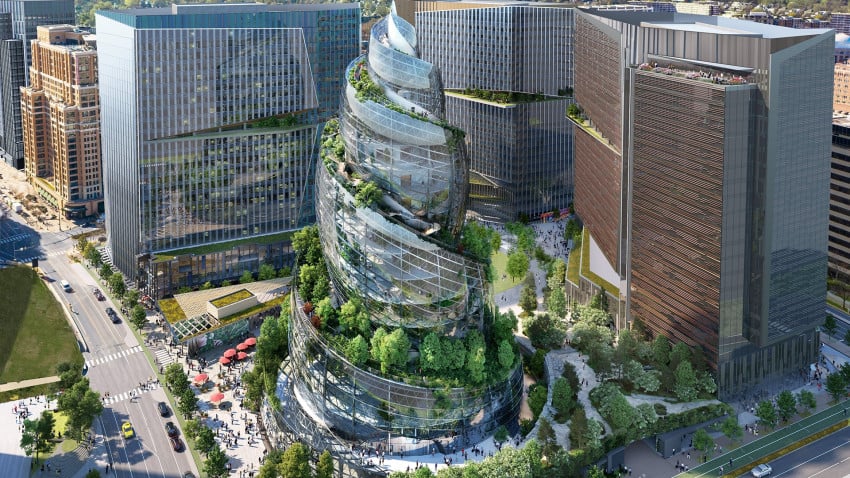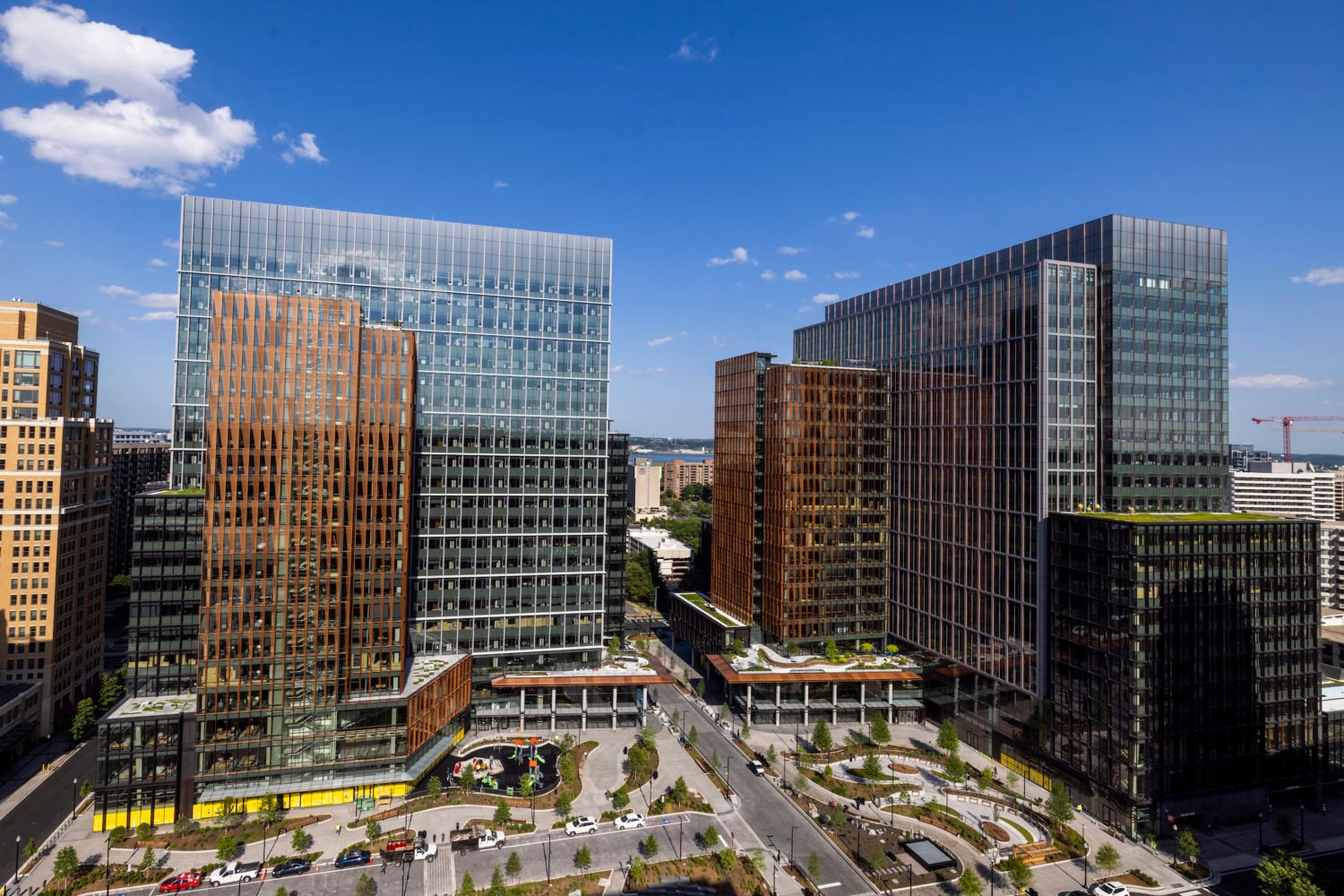As Amazon’s HQ2 brings new jobs to the region, a report from a Dallas-based commercial real estate firm has identified a potential hazard for the Washington region’s tech sector.
In a report issued last month (and reported in the Washington Business Journal), CBRE named DC the third highest ranking market in North America for tech talent and investment—behind only San Francisco and Seattle. The ranking was based on 13 different metrics that compared each market’s appeal to tech firms and employees, among other factors.
The strength the region’s tech sector is rooted in its dense concentration of highly skilled workers, thanks in part to a thriving network local universities. Indeed, CBRE ranked D.C. as North America’s second best market for educational attainment—with more than 51 percent of area residents over the age of 24 having earned a bachelor’s degree or higher. (The U.S. average is 33 percent.)
But the CBRE report also identified a potential hurdle to future growth. While from 2015 to 2019, universities in the Washington region awarded nearly 56,000 tech degrees, the area added only about 24,000 tech jobs. The result was, according to the CBRE report, a “bran drain” of nearly 32,000 workers—among the most severe in North America.
There’s all sorts of reasons why these workers might choose not to remain in the area after graduation. Some have landed jobs elsewhere, while others might want to move back to the regions where they were raised. But it’s also true that Washington’s surging home prices and living costs have made it increasingly difficult for young adults—even highly educated professionals—to put down roots and raise families in the area.
The report supports this. Since 2014, DC’s millennial population grew by just 7 percent. That’s well below the growth experienced in lower cost markets like Charlotte (17 percent), Dallas (15 percent), or Kansas City (13 percent). And it could be an indicator that the city’s ability to attract younger, educated workers—which sustained the region’s economy after the 2008 recession—is becoming a liability.


![Luke 008[2]-1 - Washingtonian](https://www.washingtonian.com/wp-content/uploads/2017/10/Luke-0082-1-e1509126354184.jpg)

















